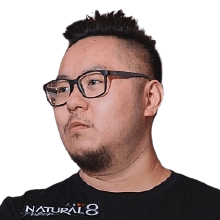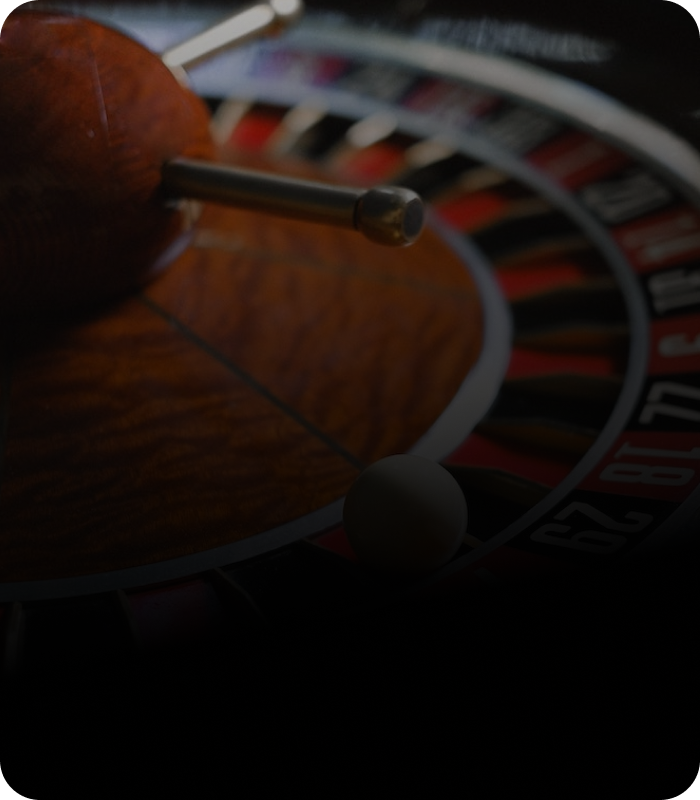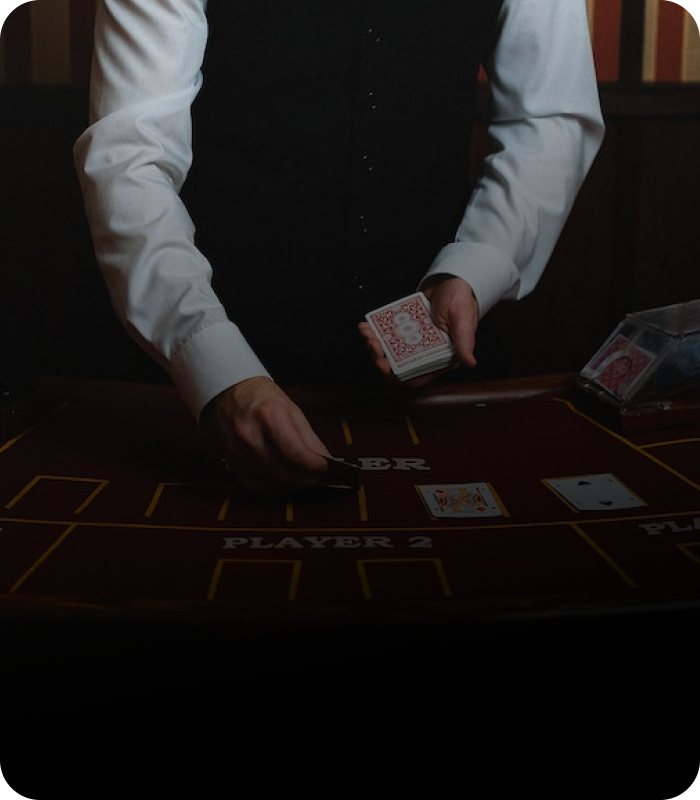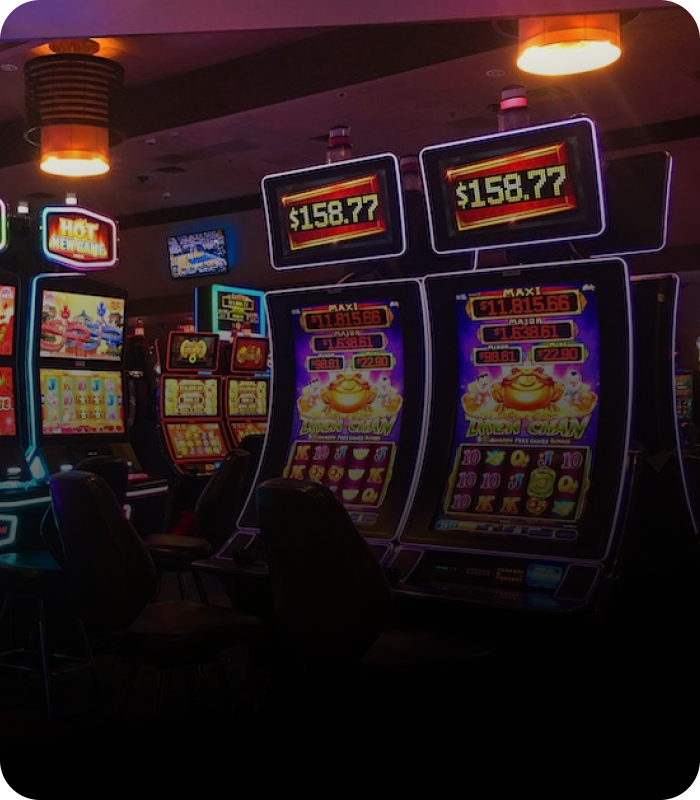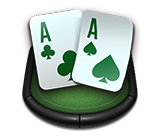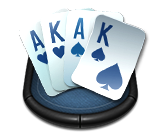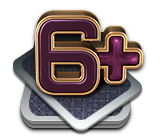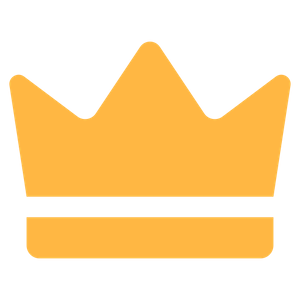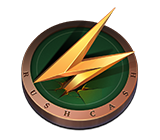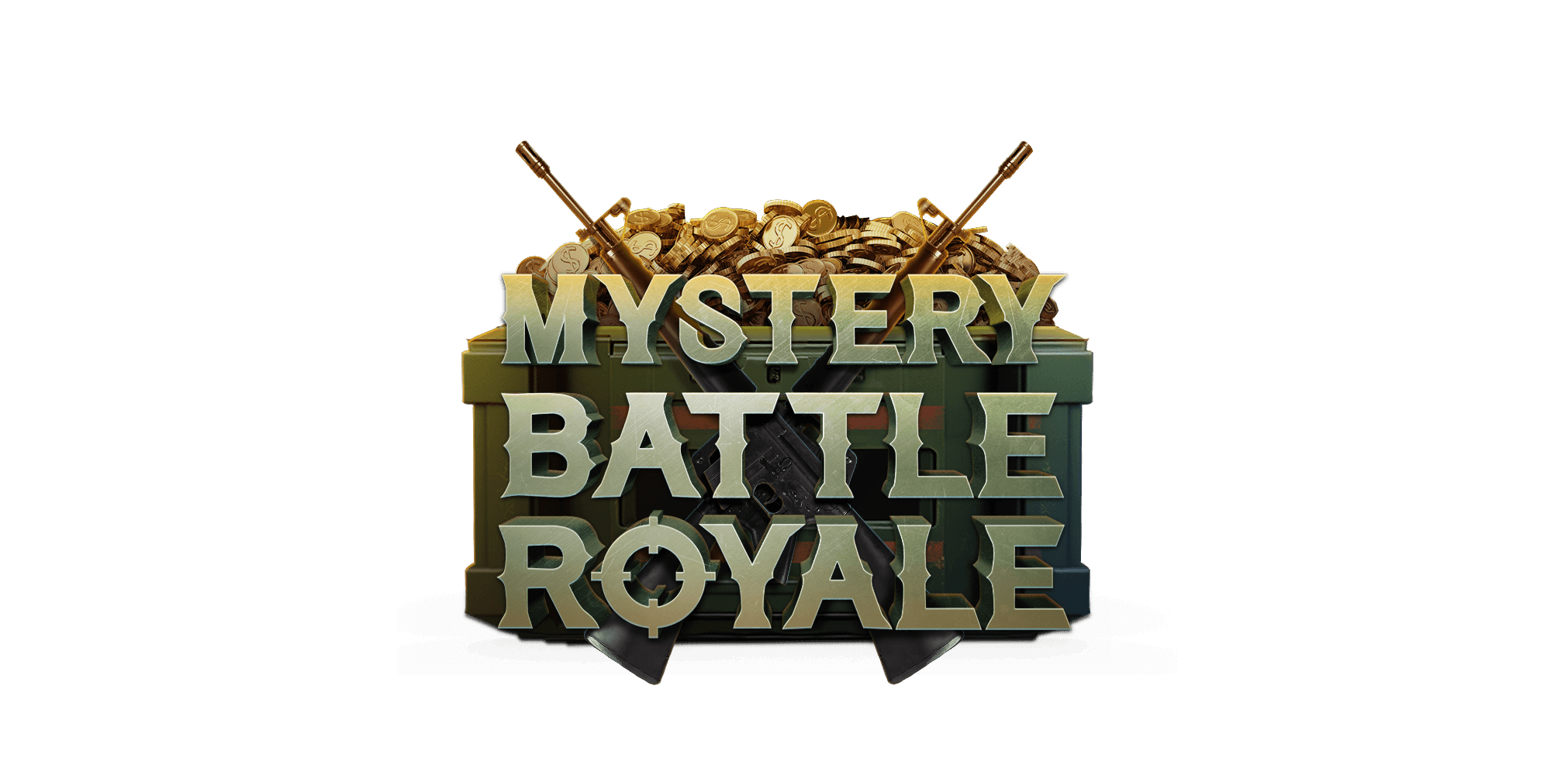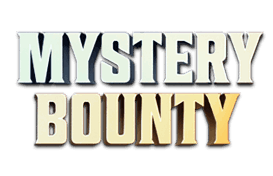
Flopping an open-ended straight draw is a nice feeling. You may not yet have a made hand. Even so, the thought of catching your card and stacking an opponent with a well-disguised hand is enough to get the blood pumping. In this article, we’ll take a look at how to correctly play an up-and-down straight draw, also known as an open-ended straight draw.
What Is An Open-Ended Straight Draw?
Before we proceed any further, we’d better define exactly what we are talking about. A straight draw is when you have four cards that will make a straight given the appearance of one more card. There are two different types of straight draws:
Inside straight draw: Four to a straight where the missing card lies somewhere in the middle of the sequence. Example: 6-7-8-T (only a 9 is required to complete a straight).
Open-ended straight draw: Four in a line where the card at either end of the sequence will complete the straight. Example: 3-4-5-6 (either a 2 or a 7 will make the straight).
The straight draw could be made up of any combination of cards on the board and in your hand. For instance, all three of these are open-ended straight draws:
| Your Hand | The Board |
|---|---|
| 8♥️ 9♥️ | 7♥️ T♥️ 2♠️ |
| A♠️ T♠️ | 7♦️ 8♠️ 9♣️ |
| A♣️ K♣️ | 4♦️ 5♣️ 6♥️ 7♠️ |
Naturally, a draw that includes both of your hole cards is much better disguised. Even though the other examples are still open-ended straight draws, they are much more obvious to all other players at the table. For the purposes of this article, we’ll be talking about those instances where both hole cards are used.
When Should You Draw?
Just because you’re holding a straight draw, it doesn’t necessarily mean that you should pursue it. The main deciding factor on how to play such a draw will be pot odds.
We know that there are always going to be eight cards that complete our hand. Four at the top end of the straight and four at the bottom. Taking the first example from the earlier table, these outs are the 6, 6, 6, 6 and the J, J, J, J.
With eight outs to complete what will likely be the winning hand, you have a 31.5% chance of doing so on either the turn or river. If you didn’t make it on the turn, your chances of completing it on the river are 17.4%. Use these percentages to inform your decision. If you aren’t getting the right pot odds, you should be happy to ditch the draw.
Common Scenarios
Let’s run through a few common situations you may find yourself in holding an open-ended straight draw (OESD).
Single-Raised Pot Heads Up
Imagine you raise preflop from a late position with K-Q suited. You find one caller and are looking at an OESD on a rainbow flop. Most of the time the caller will check to you. Here, the right play, according to solvers at least, is to bet out around one-third of the pot.
Since you have a good chance of holding the best hand comes the river, you should look to build a pot early. And of course, being the initial aggressor in position always gives you a shot at taking it down there and then.
On the other hand, let’s say you were the one calling a preflop raise. You raise from mid-position and the Big Blind defends with a 3-bet and you call. You flop your OESD and check to the aggressor. The majority of the time, you’ll be looking at a continuation bet.
Here, you should be mixing in a roughly equal amount of check calls with check-raises. The latter is a great trick to counter the continuation bets. Even so, you don’t want to always check-raise, as that leaves you open to exploitation.
Multiway Pots
If you raise and find yourself against multiple callers going to the flop, it’s tricky to know how to proceed. You could make a case for both checking or betting. Checking is possibly the slightly better option. Taking a turn card for free will help you to realize your hand’s equity on the cheap. But obviously, it also allows your opponents to do the same.
You do want to mix in some bets though, so that you don’t become predictable. A smaller bet size is the best approach. A genuinely strong hand is not going to fold to a big bet anyway, and facing multiple preflop callers increases the chances you’re up against a genuine hand. The purpose of a small bet is simply to get those utter trash hands out of the equation.
Conclusion
Open-ended straight draws can be great hands. As a general rule, whether you flop a flush or an open-ended straight draw, you should look to be aggressive with them and take down the pot quickly. However, when you do find action, you’ve got a beautifully disguised hand when your draw comes in. And that will happen a little under a third of the time.
Now that you know how to play open-ended straight draw, why not sign up for a free account with Natural8 and practice more with the freerolls and low-stake tournaments?

.webp)



